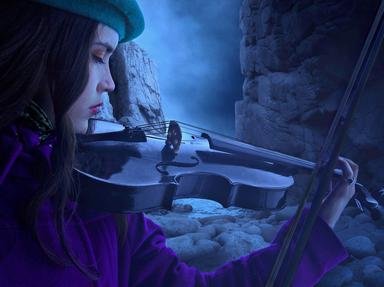
Dance Me to the End of Love Trivia Quiz
Titled after a well-known Leonard Cohen song, this quiz includes ten songs with the word "dance, dancer or dancing" in the title, from a variety of musical genres. It is written for the "Dancing Through Categories" Challenge at the Author Lounge.
A matching quiz
by tiye.
Estimated time: 3 mins.